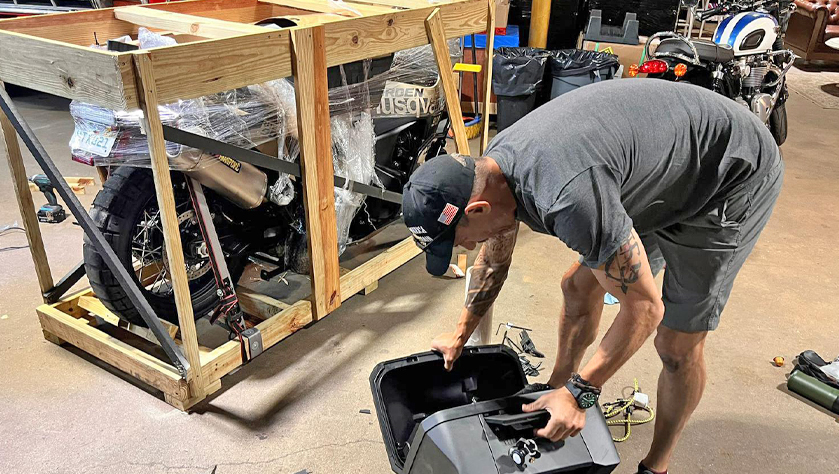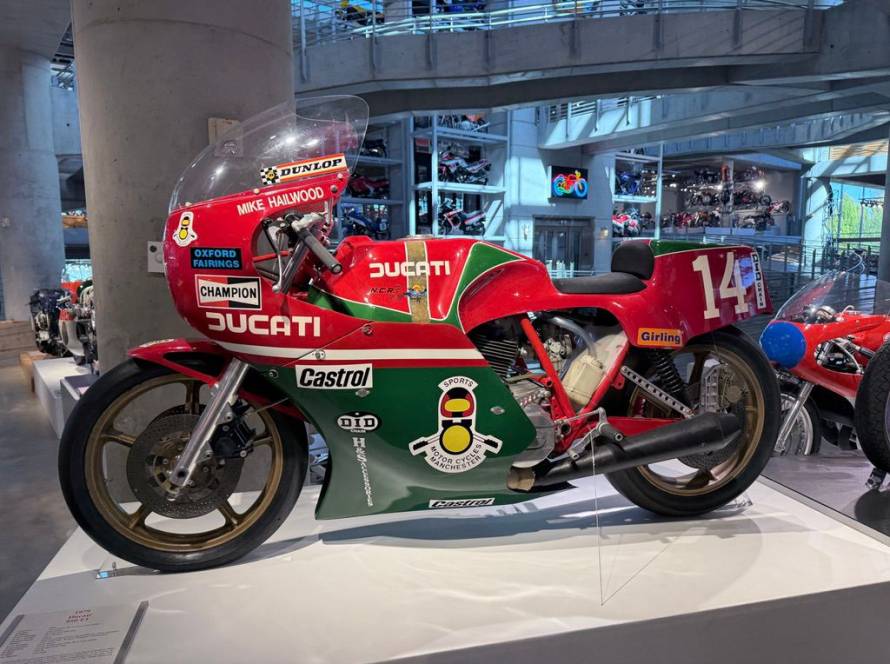The journey continues: motorcycles, altitude, borders, and a pinch of thriller
Day 1: Santa Cruz de la Sierra and reuniting with the bikes
“The hidden treasure”
Returning to Santa Cruz de la Sierra meant reuniting with the Bolivian heat, the bikes, and the beginning of a new chapter. The bikes were waiting for us in perfect shape at the KTM Santa Cruz shop, where the great Chavo Salvatierra, Dakar legend, personally took care of changing the tires, servicing them, and having everything ready to hit the road.
But something essential was missing…
Santi’s riding gear was gone. It had been left at the hotel for laundry months ago, but now no one had a clue where it was. Jacket, pants, boots—everything needed to get back on the bike was lost.
We stared at each other: was the trip already over before starting?
Time was ticking, tension rising. Maybe it was stolen? Maybe someone took it by mistake? We were already planning B-plans and makeshift gear—until finally, the hotel called us. “It’s here, stored in a bag, exactly in the same room you used in April,” they said.
What a relief. We celebrated with laughter, cold beers, and a farewell dinner with our friend Monin who came by to wish us luck.
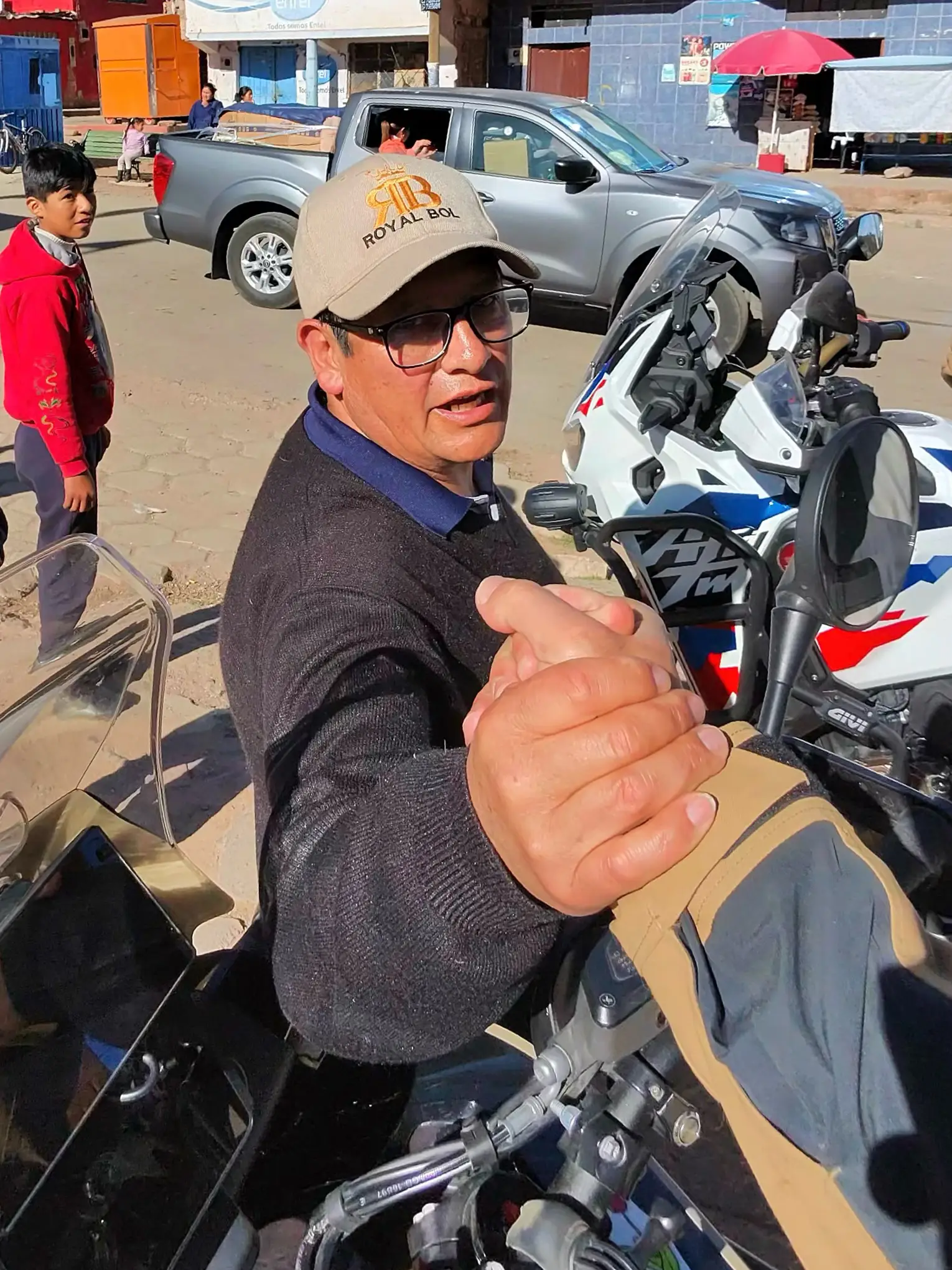
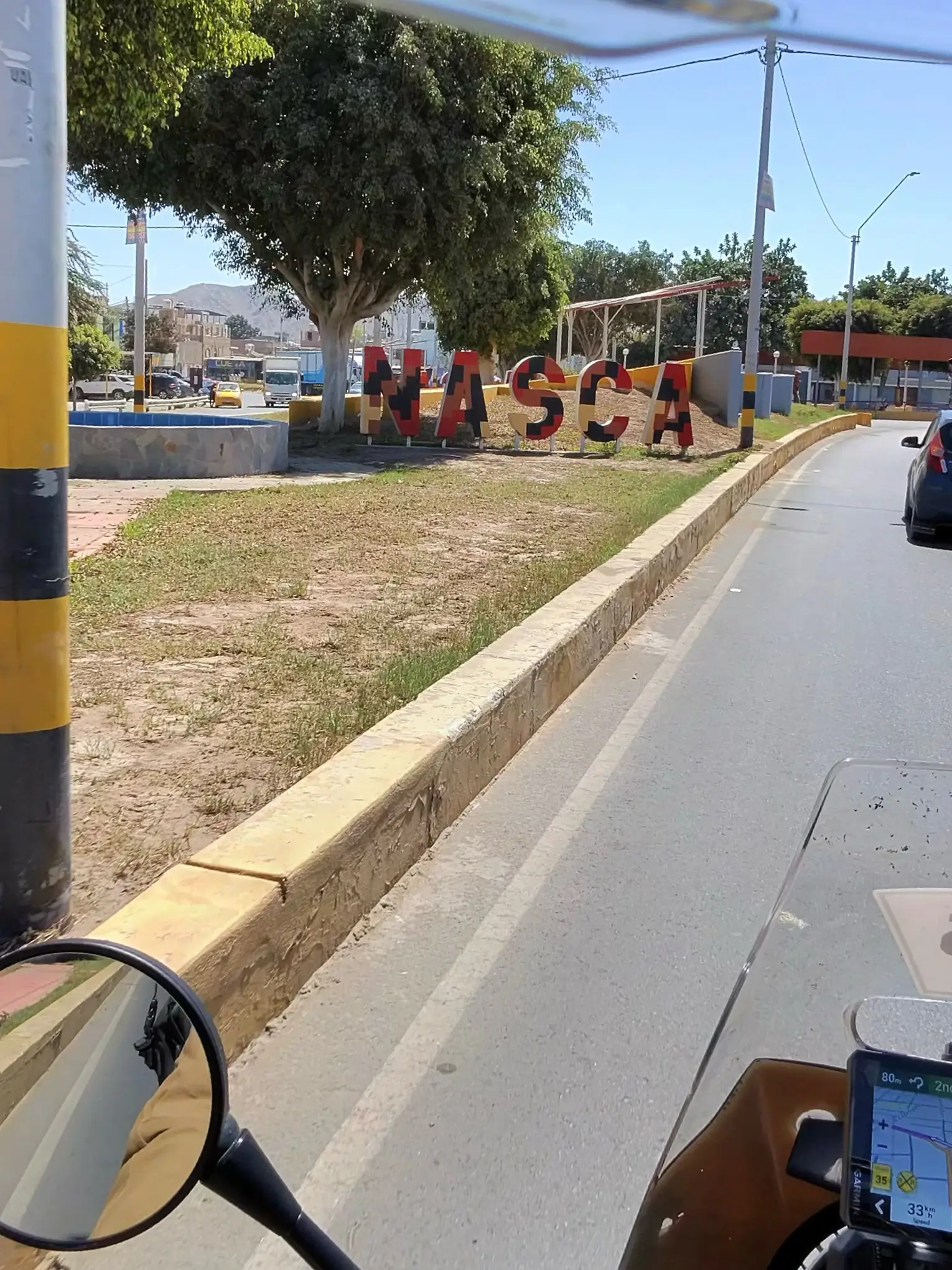

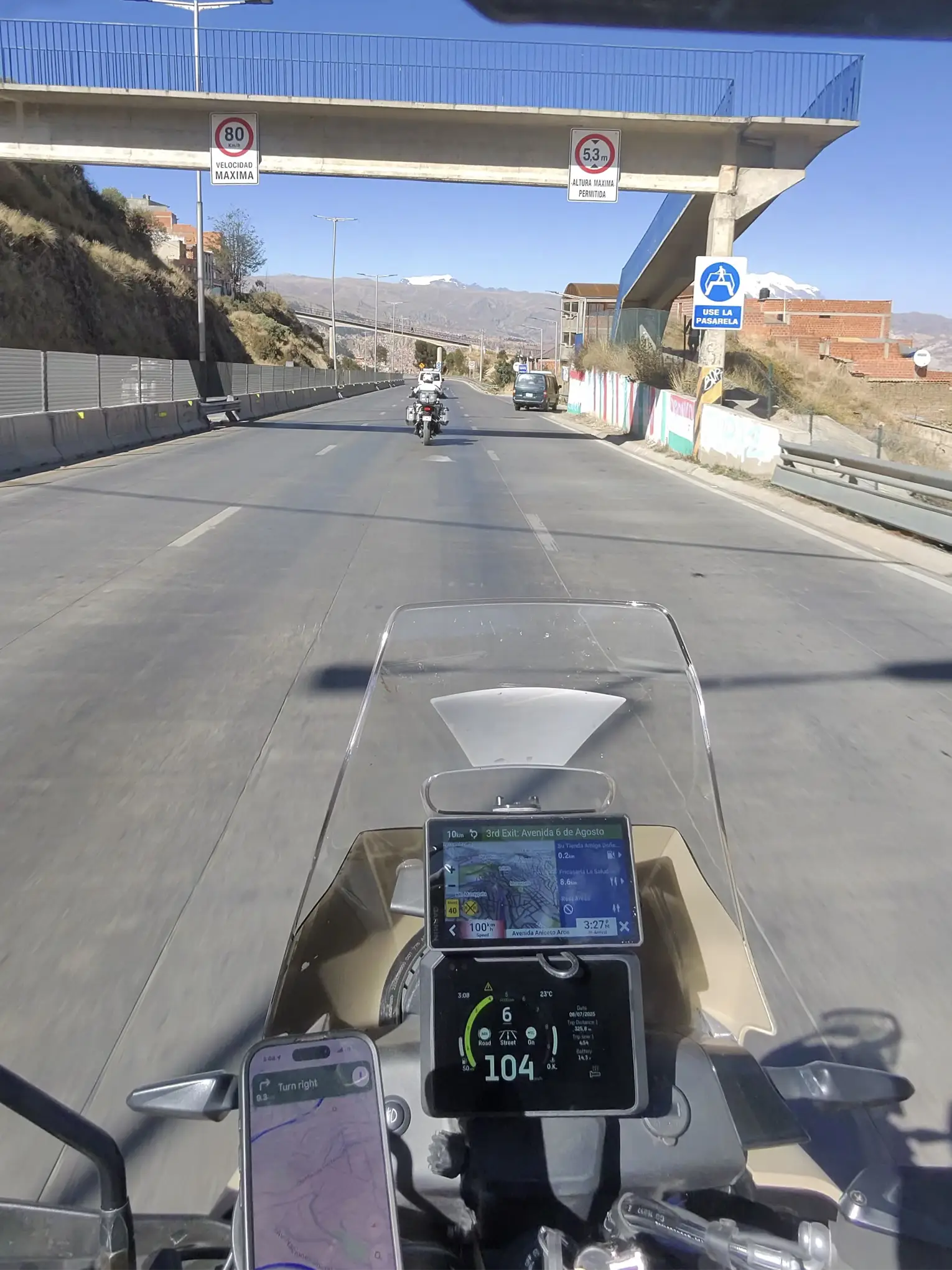
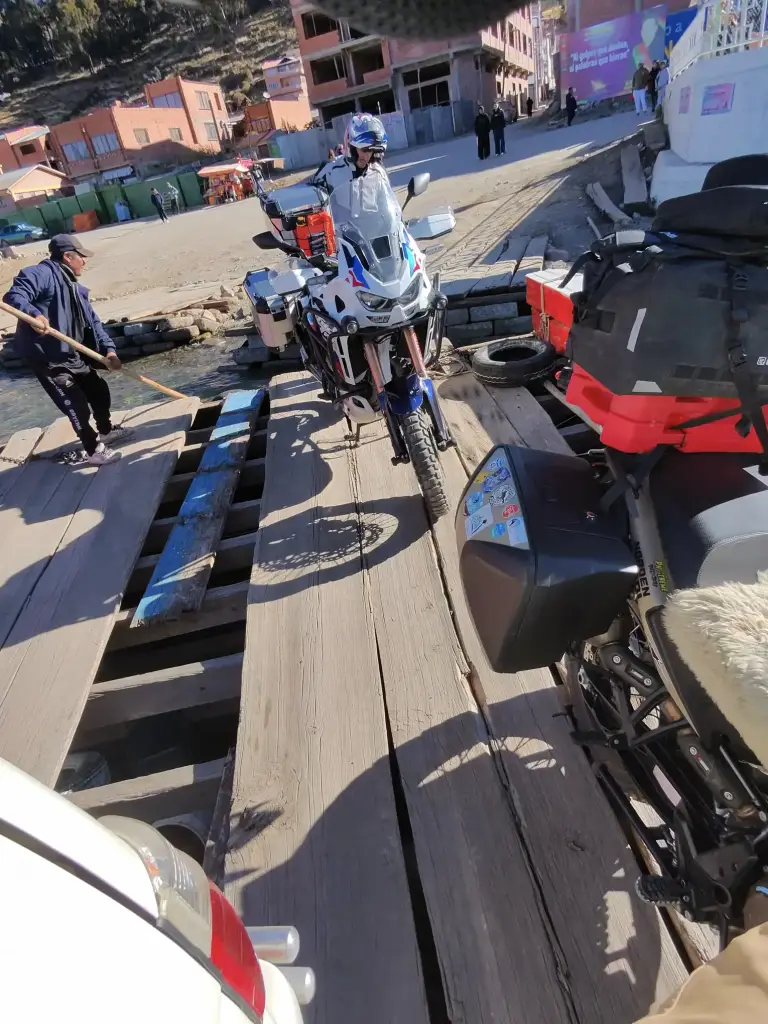
Santa Cruz de la Sierra → Sucre
“The ride begins… with hangover and hope”
We left with a bit of a hangover, we admit it. But the excitement of being back on the road pushed us forward.
The route to Sucre gave us majestic views—mountains rising, perfect curves for riding. We passed through Potosí and started climbing past 3,500 meters above sea level, where we’d spend most of the next 15 days.
Fuel scarcity, which we had already noticed in April, was now critical. Long lines, closed gas stations, trucks stranded without diesel. We got gas by asking locals, dodging queues, and filling up wherever we could.
In Sucre, the city was in celebration mode. The bicentennial of independence was near, and the colonial downtown was vibrant. We stayed near the center and had dinner in a restaurant inside catacombs from 1820—dim lights, soft music, first-class food. A perfect ending to a long and beautiful day.
Sucre → Uyuni
“The mirror of the sky”
We left early. The altitude’s chill was beginning to creep in, and the bikes could feel it too. We climbed up to almost 4,200 meters, where every move took your breath away—literally.
We were already taking altitude pills, so it was manageable, just some fatigue.
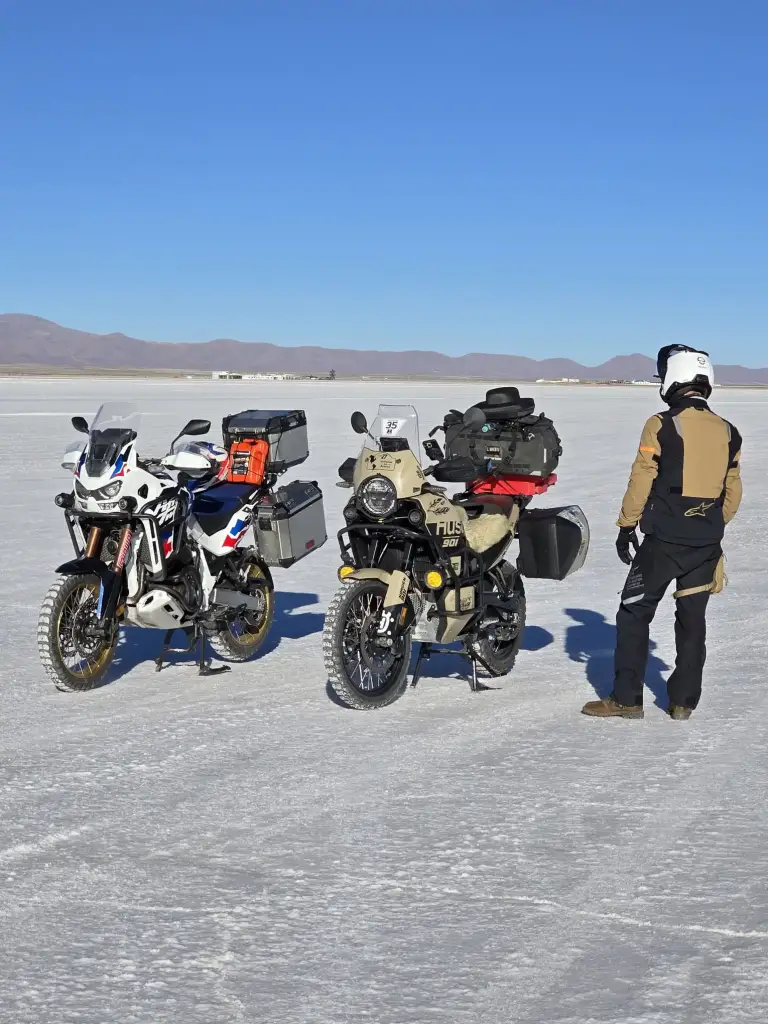
Arriving at the Uyuni Salt Flats felt like landing on another planet. A massive white sea of salt, completely flat, under a cloudless sky. A thin layer of water reflected the heavens like a mirror—creating an infinite illusion. We spun around on the bikes like jets on an endless runway. Pure freedom.
We stayed at the Palacio de Sal—literally built from salt blocks: walls, ceilings, furniture. Even the lamps were made from salt crystals. That night, we thoroughly washed the bikes (that salt is pure poison for any metal), had some wine, and crashed.
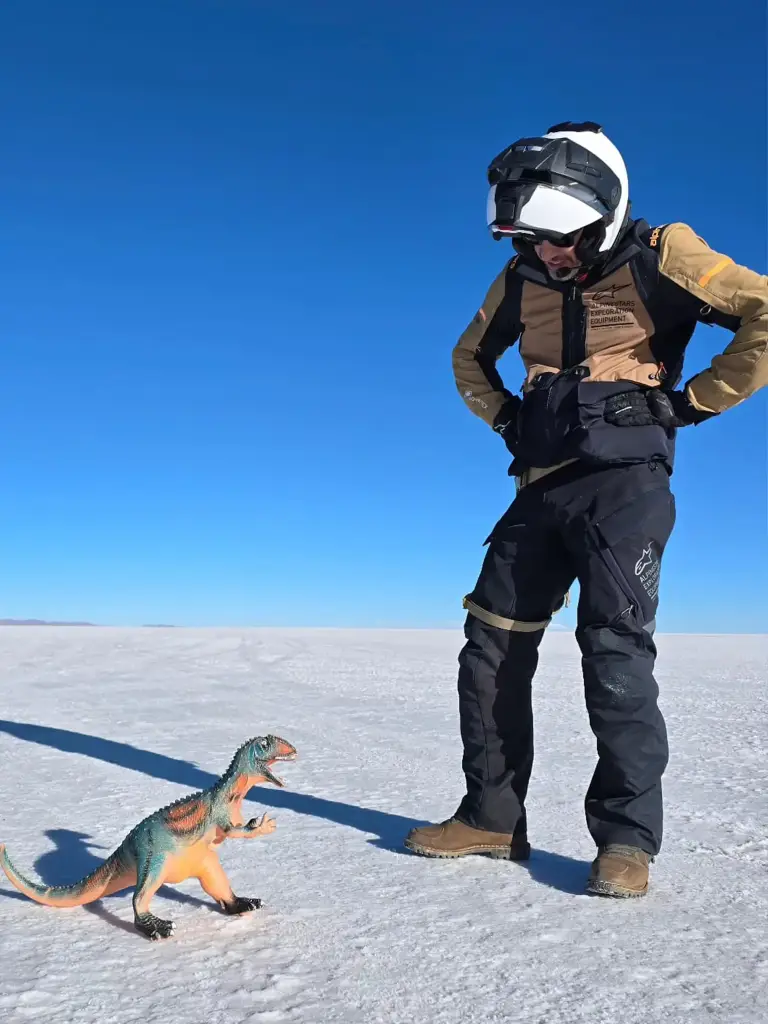
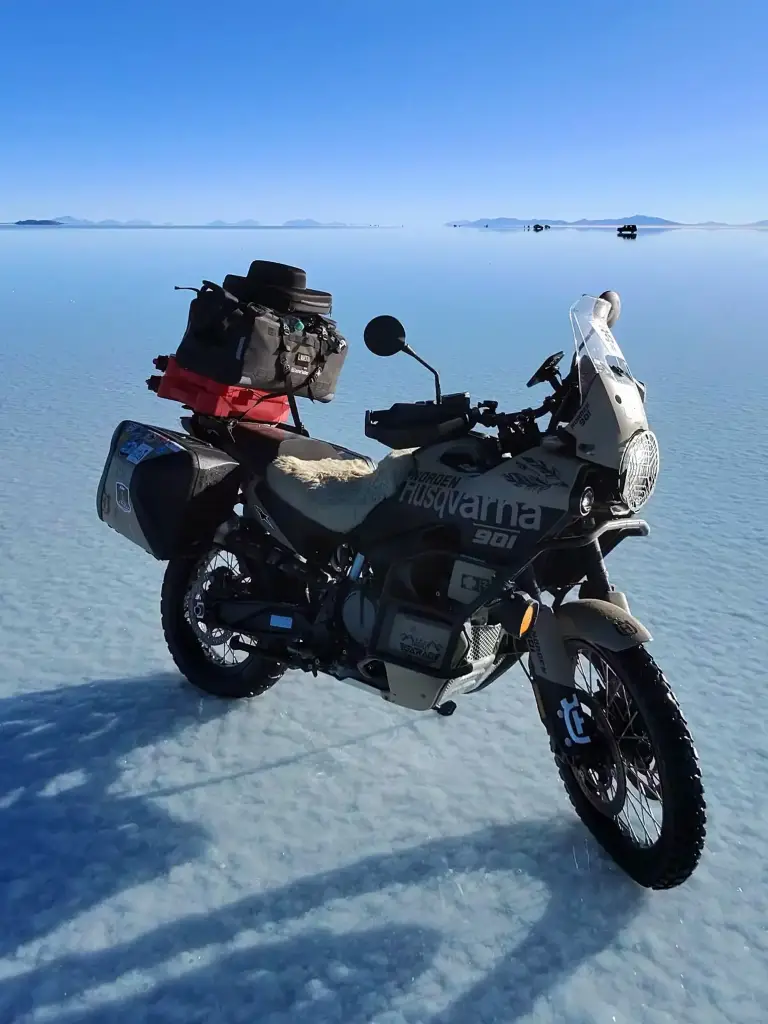
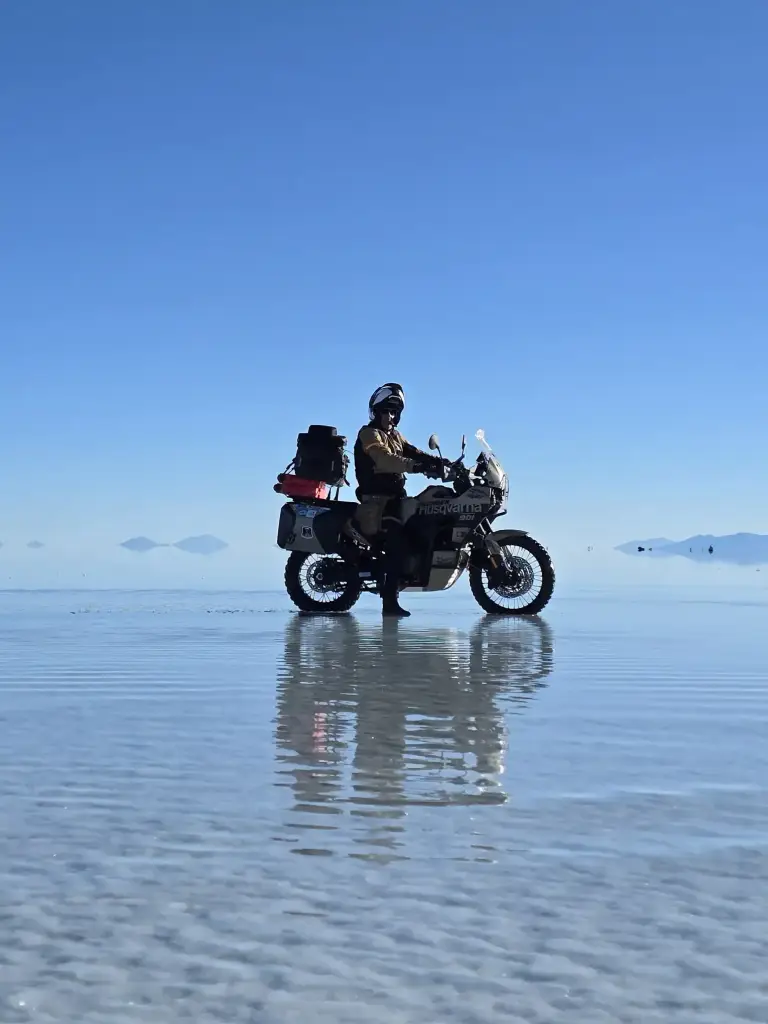
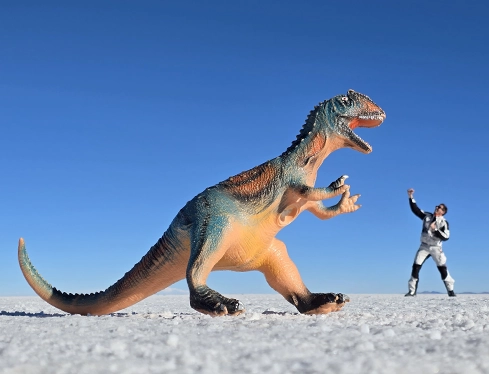

Uyuni → La Paz
“Mechanics, chaos, and a great friend”
Leaving the salt flats, Santi’s bike began stalling and losing power. We suspected bad fuel—probably dirty or with water. The filter was clogged.
The entry into La Paz was madness: chaotic, noisy, a swarm of buses, bikes, street vendors, ignored traffic lights, and honking everywhere. It took us two hours to get to the hotel—just 15 km away.
We called Dany Nosiglia, a Bolivian motorsport icon and owner of the KTM/Honda dealership in La Paz. Without hesitation, he welcomed us at night, had his mechanics tear down the bike, clean the tank, change the filter, and fix everything on the spot.
Huge help. Eternal thanks, Dany.
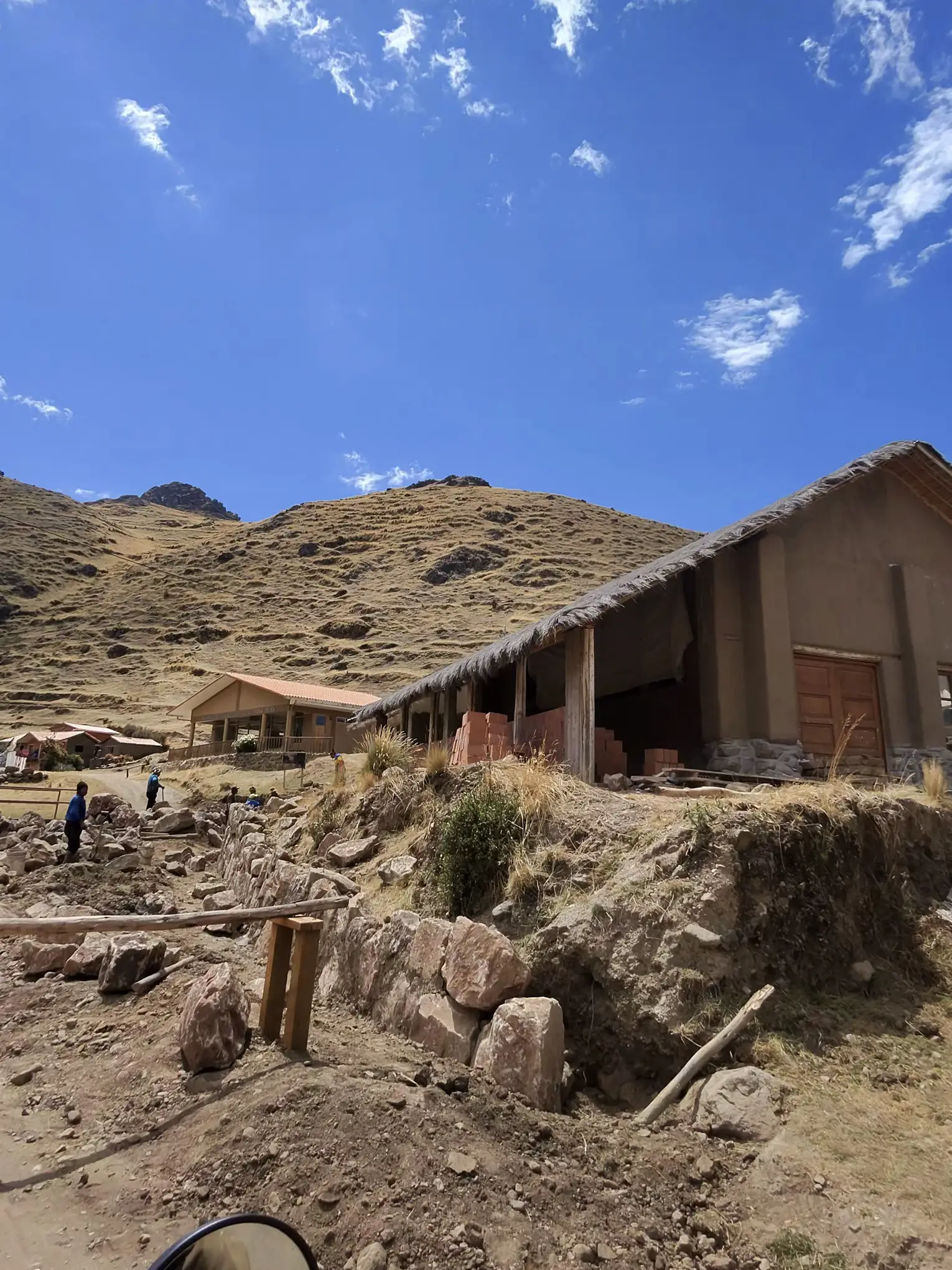
La Paz → Copacabana
“Of ferries and promises”
Santi’s bike was running great again (mine still had a vanishing rear brake).
We headed toward Copacabana, on the shores of Lake Titicaca. To get there, we had to board a rickety wooden ferry across 1 km of water—no railings, no ropes. The bikes almost slipped into the lake. We clenched our teeth and prayed.
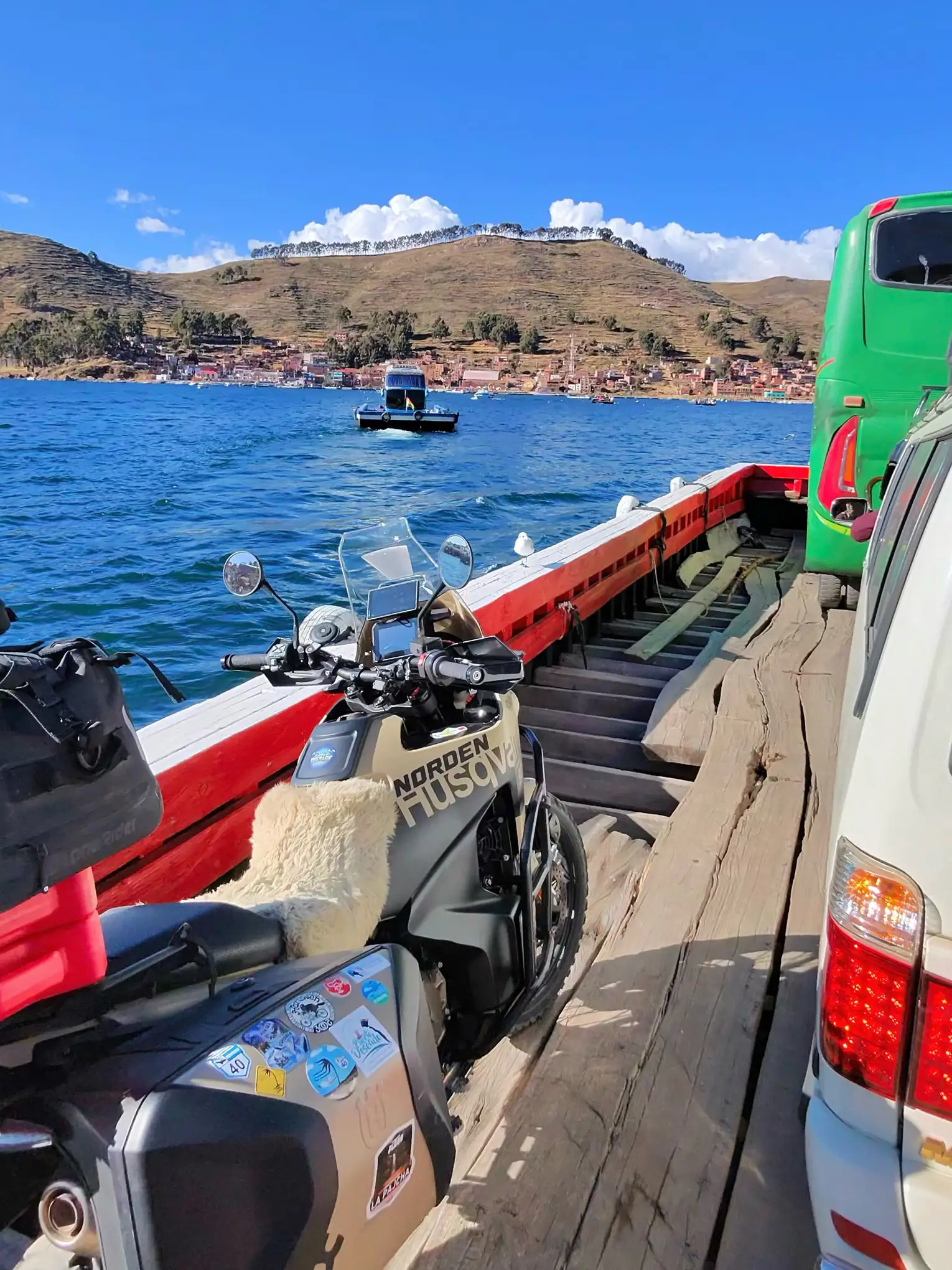
The town was mid-festival for the bicentennial: music, flags, dancers, street food, and a chaotic charm. Copacabana is messy, yes—but it’s got soul.
We went to sleep with a strange mix of nerves and excitement. Tomorrow, we’d try to cross into Peru.
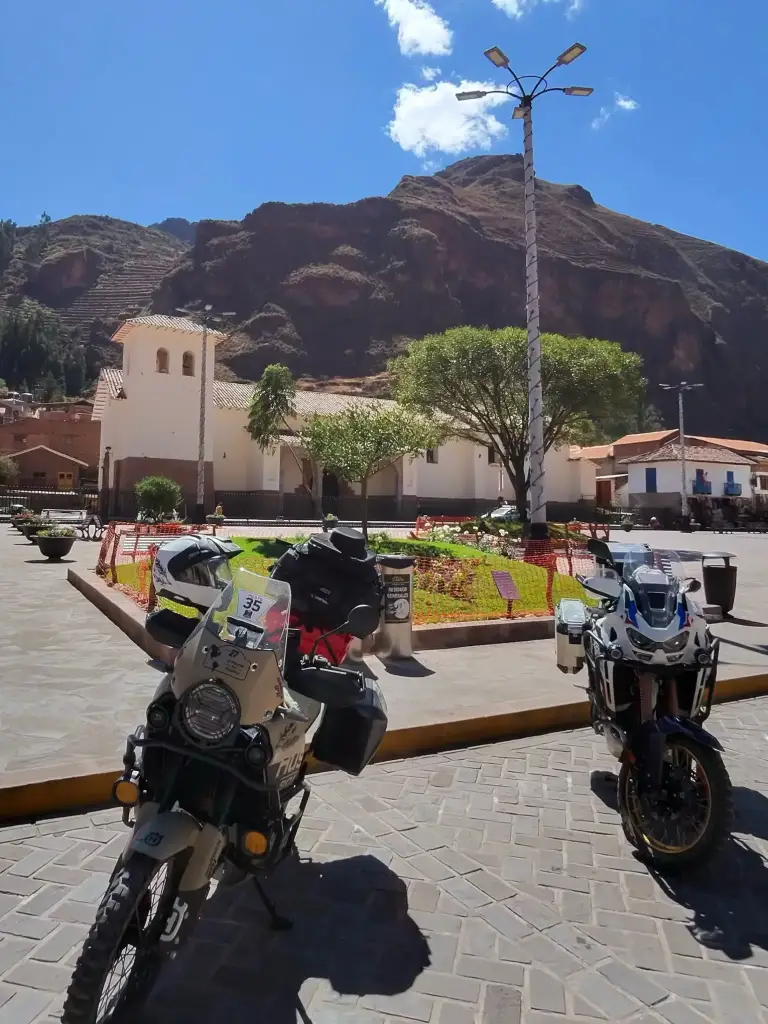
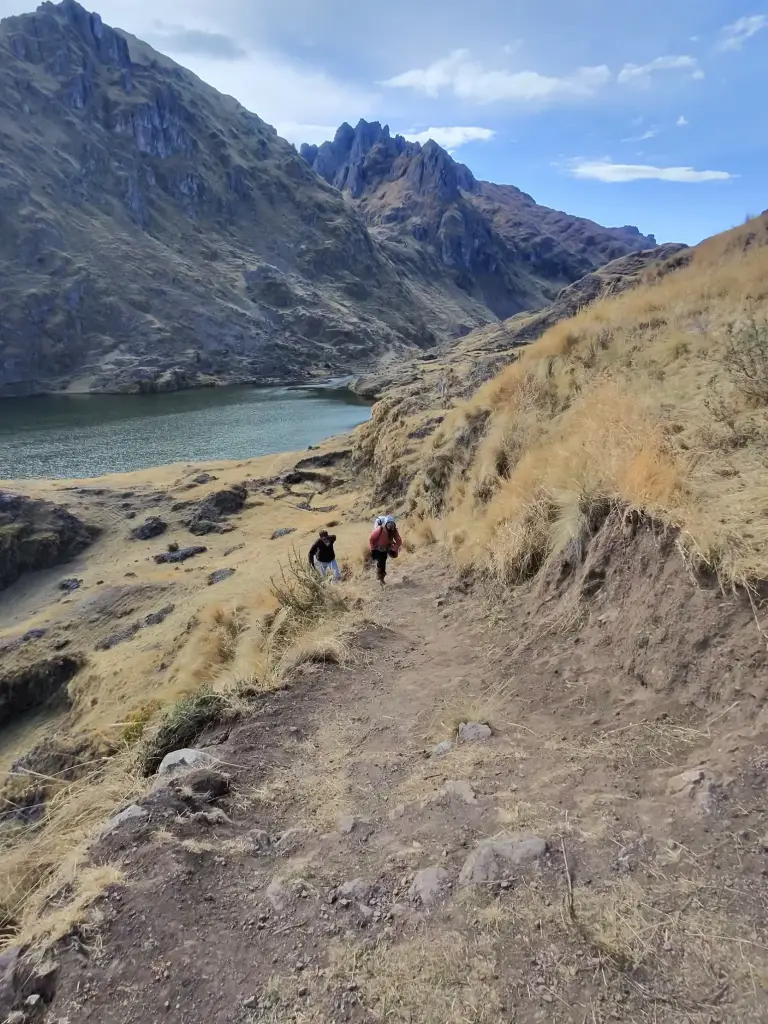
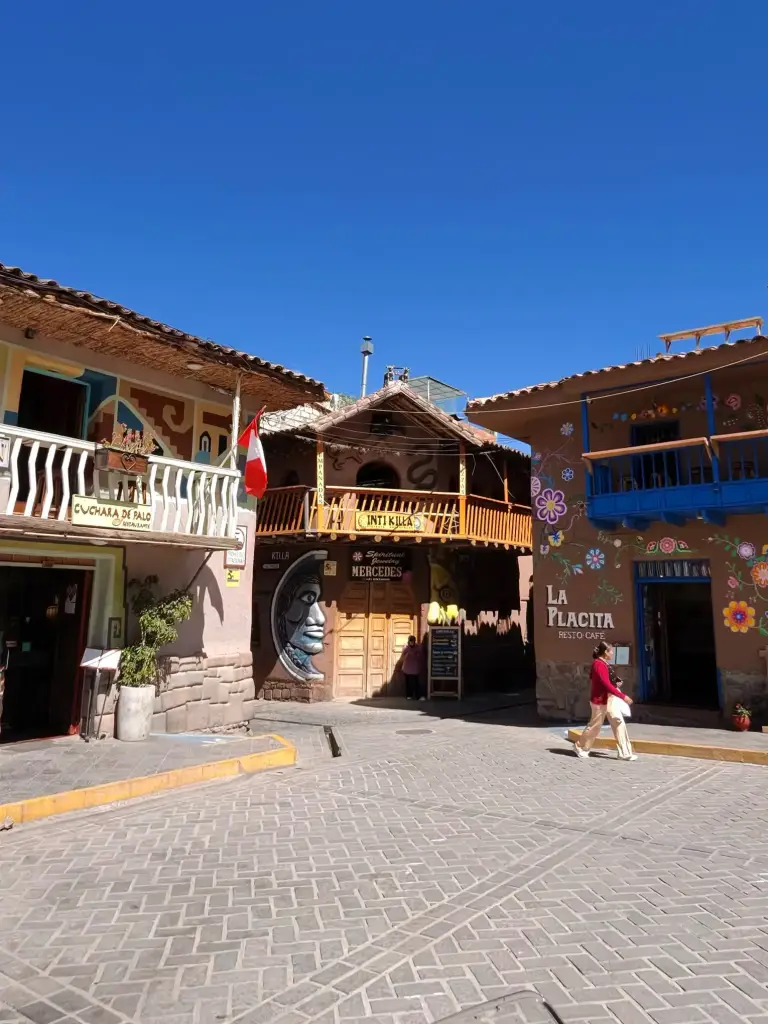
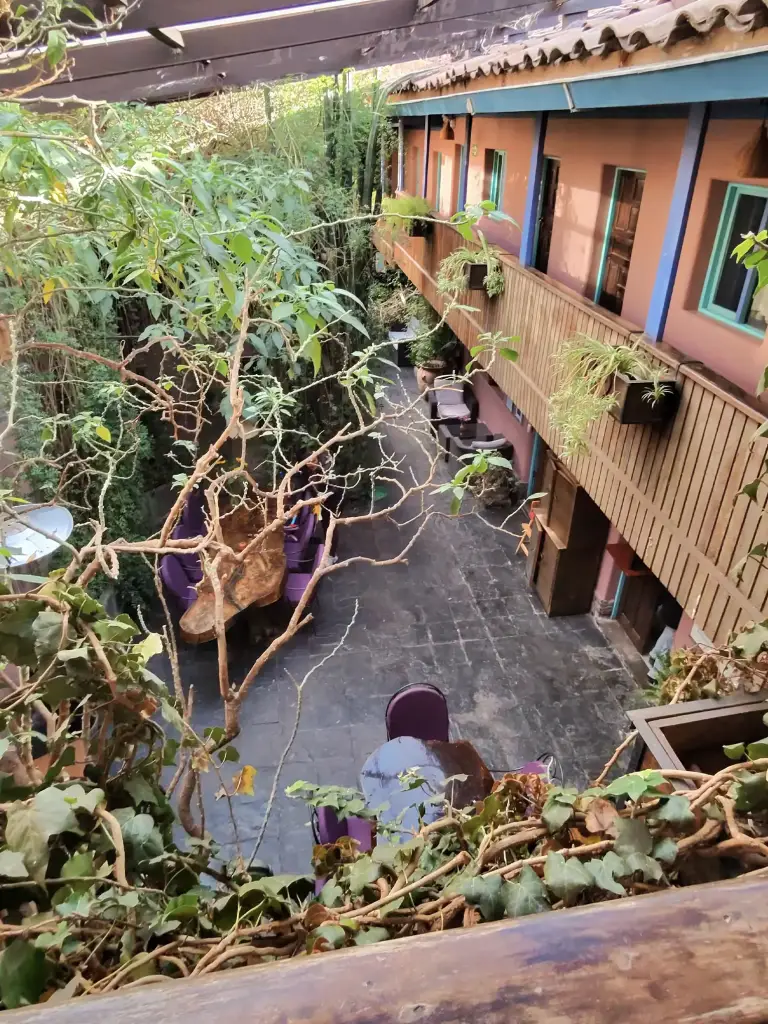

Copacabana → …Copacabana
“Border escape: the white storm”
We got up early and with our hearts racing. Crossing into Peru was just a few stamps away.
But nothing is easy at 3,900 meters above sea level with overloaded bikes on an incline. Even putting on the helmet felt like a workout.
The border was pure chaos: crowds, fruit vendors, kids selling toys, stray dogs, a burning sun mocking our anxiety.
Migration was easy. But Customs… that’s where the storm began.
Our bike permits, issued months ago at Villazón, were valid for 90 days. We had been in Bolivia for 92. There was a grace period to pay a fine—but we were two days past that too.
We were told to wait. No supervisors on site. Calls to La Paz. Hours passed. “You’re not in Bolivia, but not in Peru either,” said a woman selling empanadas. She was right—we were landlocked castaways.
Then came the final blow: a truck was on its way to seize the bikes.
That’s when we made the call.
Santi, with nerves of steel, slipped into the crowd and got the employee to hand back our passports. When the supervisor asked to “take photos” of our papers, she stepped outside with me… and that was our moment.
We left.
Closed cases. Poker face. Tourist mode.
We walked the bikes casually through the crowd—blending in, like we were going to grab bread.
And just like that, we were back in Copacabana. With bikes. With dreams intact.
Copacabana → La Paz
“Plan B: the capital and its contacts”
The border was a bust. We needed a new plan.
The problem was bureaucratic, so the solution had to come from La Paz.
August 7. Bolivia was still partying. Parades, markets, chaos.
Getting into La Paz was urban survival mode again—Google Maps threw us into the heart of the apocalypse: streets blocked by tents, flags, parades, trumpets. Somehow, we made it.
Back at the hotel, we activated every contact possible:
• Chavo Salvatierra
• Dany Nosiglia
• Monin Camacho
• Willy Aguirre
• A doctor friend of Rodri’s
• A lawyer claiming “Customs and Immigration contacts”
The lawyer agreed to fly in Friday.
The Argentine Consulate also promised to receive us.
Until then: we waited. Everything closed. No movement. No riding.


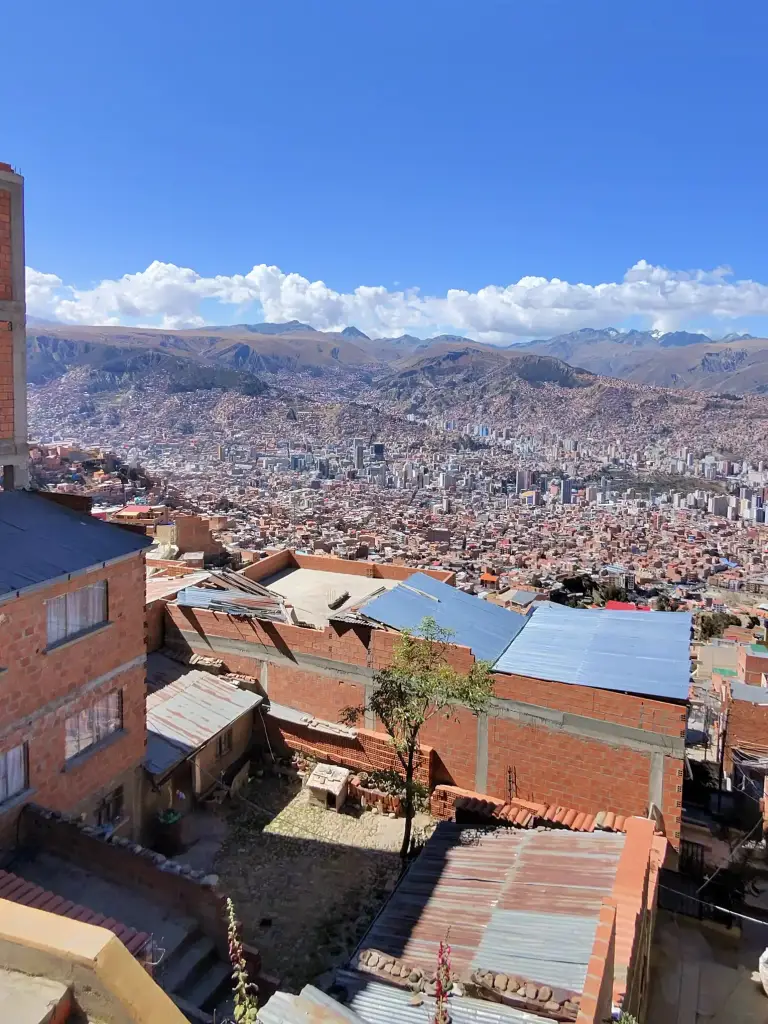
La Paz
“D-Day with no lawyer”
Friday. Hopes up. And… crash.
The lawyer canceled. Said he couldn’t get fuel to reach the airport. Sounded like a lie.
He promised to come Monday.
So we went to the Argentine Consulate. Santiago, the Consul General, greeted us warmly. A curious, honest guy with incredible stories about life in La Paz.
He listened to us for over an hour and explained the legal limits of what they could do.
His conclusion: in cases like ours, he had never seen a successful outcome through formal channels.
We looked at each other. No one said it aloud, but we all knew:
“There’s only one way out now… the unofficial way.”
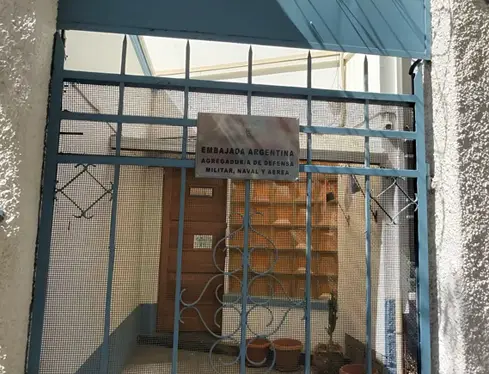
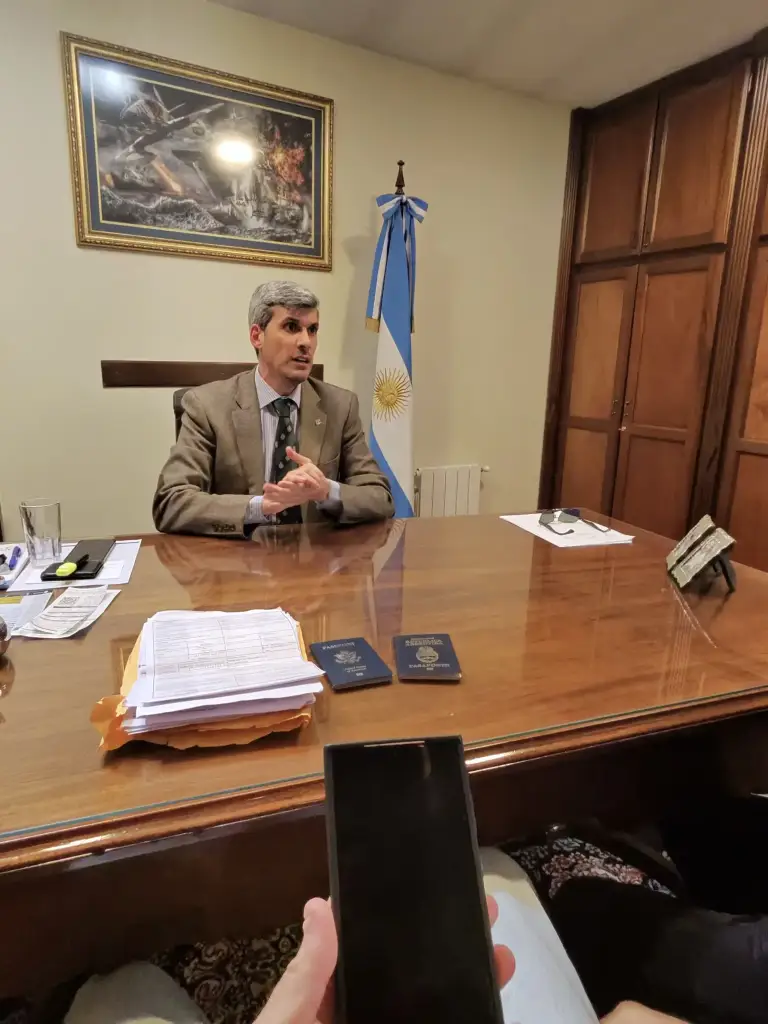
La Paz → Puno (saturday)
“The ghost route: off the map”
We left La Paz that Saturday with fear and resolve.
No papers. No plans. Just a GPS coordinate and a prayer.
The route? Pure madness: rocks, cliffs, no signage, barely passable. Over 4,000 meters high. Even Google Maps didn’t know it existed.
But the landscape… breathtaking.
Clear skies. Snowy peaks. Llamas watching us like sentinels. We were riding the line between two worlds.
It took all day. But we made it. We crossed.
When our tires hit Peruvian asphalt, we burst into laughter. We were in Peru. Mission accomplished.
That night, in Puno, we finally rested.
Puno (sunday)
“The hidden oasis”
We stayed in Puno. Sunday. Everything closed.
For the first time in days, we let our guard down.
Hotel with a lake view. Massages. Lakeside stroll. Good food.
Cold Titicaca breeze clearing our minds. Even the bikes got to relax.
Puno → Tilali → Puno (monday)
“The secret office of the highlands”
Early Monday, we took a taxi—still avoiding using the bikes with no papers.
First stop: Immigration. But they told us we couldn’t process our entry there. We had to go to a border checkpoint.
Khasani was the nearest…
800 meters from the very place we’d fled days ago.
No way.
We scanned maps like planning a prison escape.
Found a tiny post near the lake—Tilali.
Passed there Saturday but didn’t know it existed. Looked promising.
Before heading out, we stopped at Customs in Puno—just in case. And got this gem:
“Good thing you didn’t come with the bikes… we’d have confiscated them.”
Déjà vu from Bolivia. We walked out fast. Back to the hotel. Bikes ready. 300 km of mountain roads.
Tilali awaited and We will try our luck again.
Well, “luck” played another trick on us. This time it wasn’t about paperwork, but something far more unexpected. As we left the hotel, Santi was riding ahead. About 20 blocks later, I passed him (we always rotate positions), and right then he called me on the radio:
—“You’re missing a pannier!”
I looked back and sure enough—the right pannier was gone.
—“Let’s go back and see if we can find it,” he said.
So we turned around and rode the same 20 blocks back to the hotel. The street was busy with cars and people walking, so the chances of finding it there waiting for us were very slim. And that’s exactly what happened: we retraced the whole route, paying special attention to the speed bumps and dips where it must have flown off. Nothing. It was gone. Farewell, right pannier!
And then… the miracle:
At Immigration, just one guy. Eduardo.
Poker face on: “We’re coming from Ushuaia, going to Alaska.”
He listened. He looked at us. And (I swear) he thought:
“These guys are living the dream.”
He stamped our passports.
Round 1: won.
Now Customs—2 km away.
Same story: one guy, Javier.
Same speech. Same magic.
He gave us the papers for the bikes.
We couldn’t believe it. We had papers. We had freedom.
We rode back to Puno, same hotel, and celebrated over dinner.
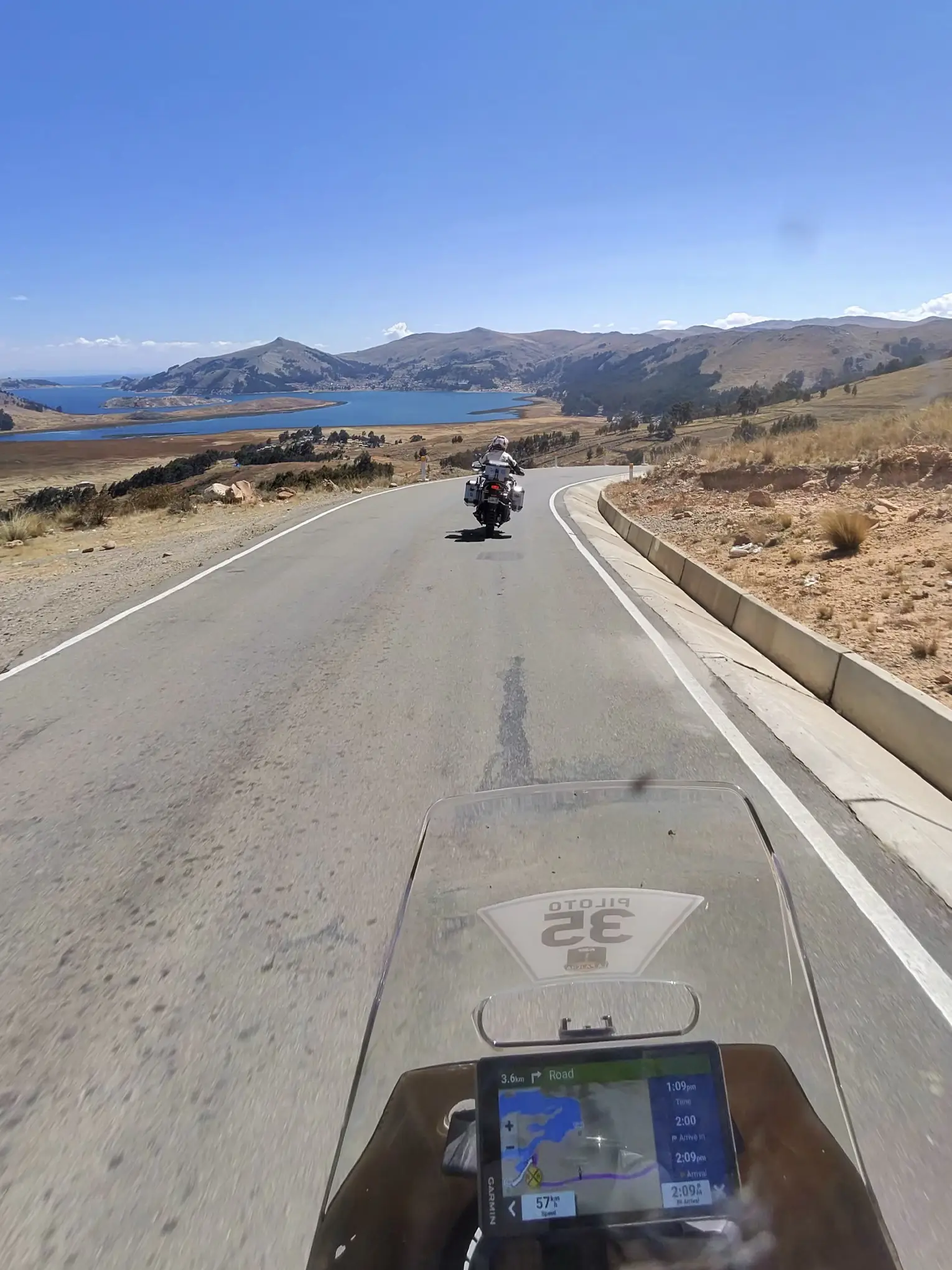
Puno → Pisac
“Breathing again”
With all the papers in order, our souls returned to our bodies.
We set off toward Pisac—a small, mystical village near Cusco, quieter and more local.
The ride felt like a prayer to the mountains: green valleys, perfect curves, blue skies, and cold wind slapping your face like a blessing.
Lila was waiting for us—friend of a friend—with a unique plan: a high-altitude lagoon, ancestral chocolate, spiritual connection.
Pisac
“Cacao, grandmothers, and peaks”
Slow breakfast. Peaceful air.
Pisac breathes serenity. And since we arrived in Peru, the food and hospitality have been incredible.
We took the bikes to the mountain—should’ve taken 30 minutes, but a wrong turn made it 50. No complaints—the road was stunning.
We reached the Kinsa Ccocha lagoon in Paru Paru, 4,500 meters high. Surrounded by mountains. Deep blue reflection. Sacred silence.
We hiked a bit. Lila gave us ceremonial chocolate with ancestral medicine.
Time slowed down. Santi still had cell signal and wasn’t fully disconnected, but even he mellowed out.
We sat, breathed, reflected.
On the way back, we passed through villages where grandmothers still weave by hand—same techniques from thousands of years ago. The colors, the designs—woven poetry.
An unforgettable day.
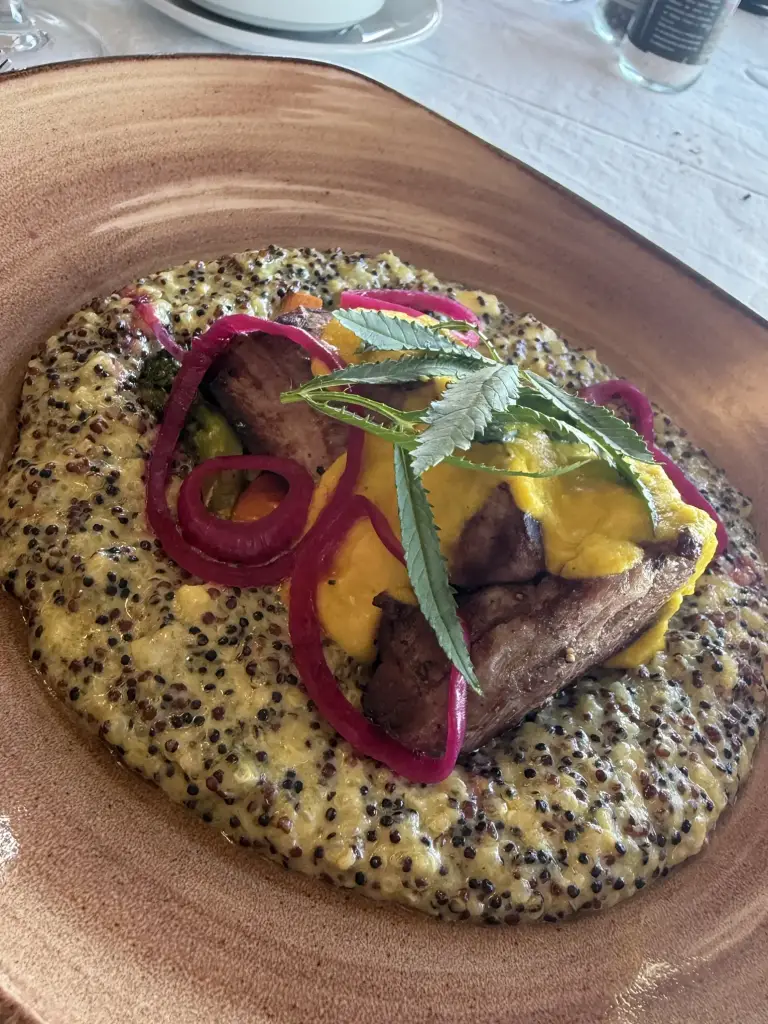

Pisac → Puquio
“Descending from the heavens”
Plan: reach Nazca—600 meters above sea level. From Pisac’s 4000+. That’s 3,500 meters of descent. Basically: downhill savings.
But we left late.
Endless plateaus at 4,200 meters, ups and downs, and a record: 4,650 meters—the highest so far.
Thin air. Bikes running great. And dry boogers (sorry, but true).
As night fell, we stopped in Puquio—a tiny village tucked in the mountains.
Hotel had no parking, so the bikes slept in the hallway, next to our room. Literally.
Dinner nearby. Early bed. Tomorrow: the ocean.
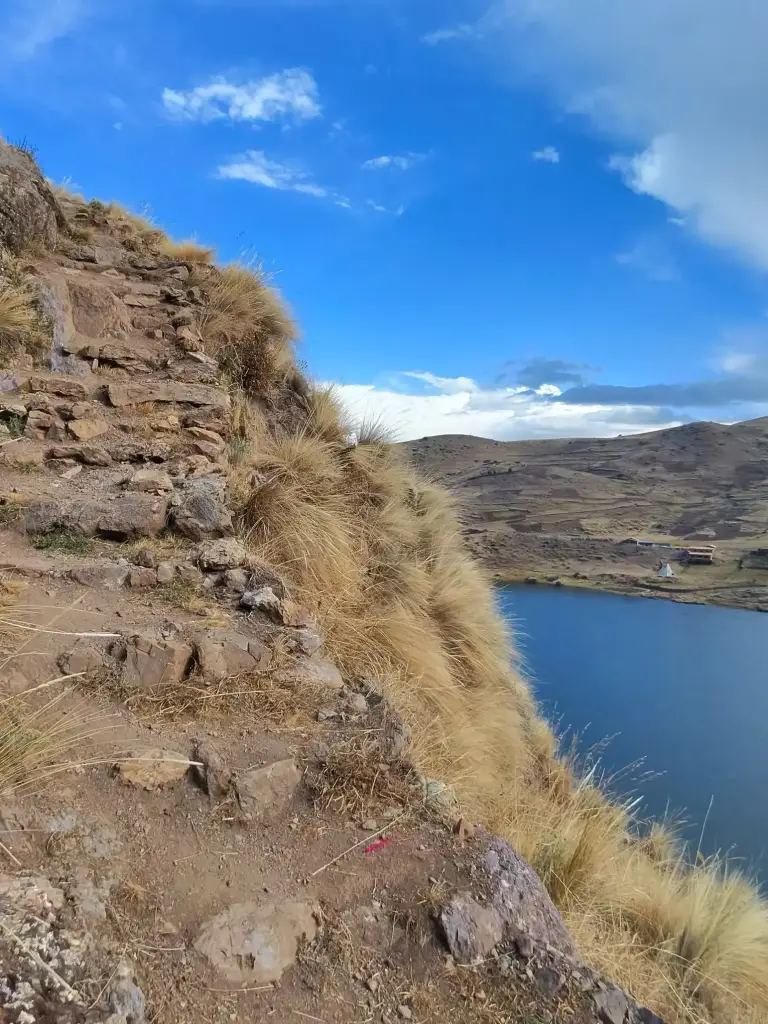
Puquio → Lima (and back to Miami)
“Goodbye for now, Peru”
Early start. Final mountain pass—around 4,500 meters.
Then: descent to the Pacific.
Air thickening, temps rising. Thousands of curves. Random detours. Santi’s inner demons.
In Nazca, I stopped at a lookout to see the famous lines. Climbed all the way up… saw nothing.
Asked the guy: “What can you see from up here?”
“The Cat.”
Wait, what?
Came down… it was a cat drawn in the dirt. Looked like Nacho’s doodles from childhood.
“Seriously? I climbed for that?”
Other lookouts tempted me, but I passed. Better to see them on Google Maps.
Ate in Nazca, then rode to Lima.
I looked up a Husqvarna dealer to service the bike: rear brake had been failing since Bolivia, tires worn out…
Found one. When I arrived, Felipe—a fellow biker—welcomed me like a brother. That unspoken bond of riders.
We left the bikes there. That was the end of this stage.
But the road goes on.


